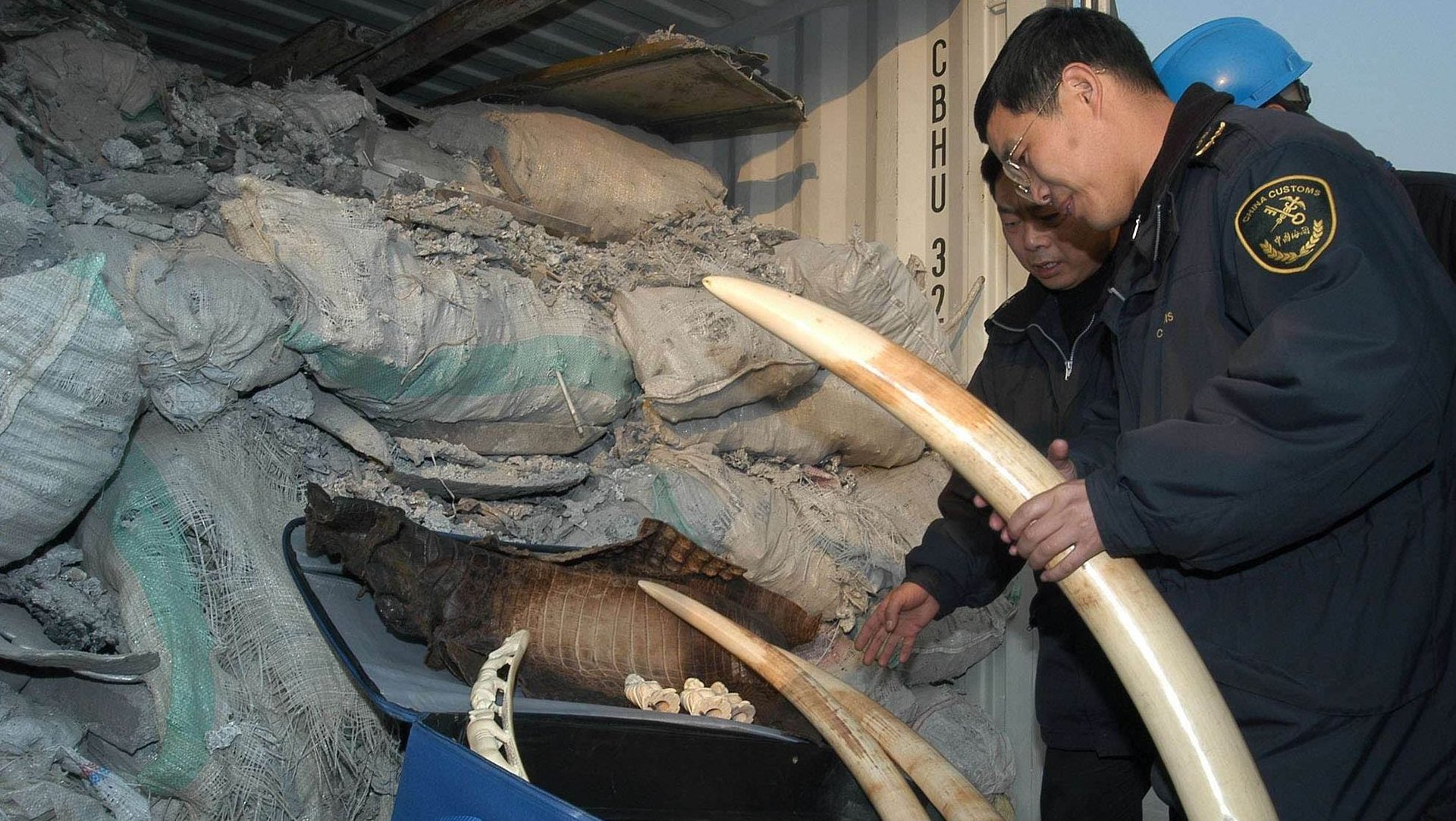Ahead of a ban, China’s illegal ivory market has moved to Laos
The world’s fastest growing ivory market is tiny land-locked Laos, one of the poorest countries in Asia. According to a new report from the Kenya-based nonprofit Save the Elephants, efforts in China, the world’s largest ivory consumer, to stop the illicit ivory trade have only pushed the industry to new markets.


The world’s fastest growing ivory market is tiny land-locked Laos, one of the poorest countries in Asia. According to a new report from the Kenya-based nonprofit Save the Elephants, efforts in China, the world’s largest ivory consumer, to stop the illicit ivory trade have only pushed the industry to new markets.
In Laos, more than 30 Chinese-run shops have sprung up in the capital of Vientiane and Luang Prabang, the ancient Laotian capital. These stores, often in Chinese hotels and casinos, openly sell everything from carved ivory tusks and jewelry to ivory chopsticks and pens alongside alongside Chinese herbal tea and other souvenirs. The shops are focused on the Chinese clientele; most didn’t even speak English or any of the local languages in Laos, according to the researchers.
The ivory industry has moved into Laos not just because of growing regulation in neighboring countries like Thailand and China, which has promised to completely ban the product by the end of this year, a popular status symbol among wealthy Chinese. Chinese ivory traders are suffering from a cash crunch as Chinese banks have cut back on lending to Chinese businesses.
“Now, the wholesale price of raw ivory is very low, because no Chinese boss has money from loans, so more ivory is coming into Laos to sell here. There are now many tourists here, especially the Chinese, who spend money on souvenirs,” one informant told Save the Elephants.
The number of Chinese tourists visiting Laos reached a more than half a million in 2015, equivalent to almost 8% of the country’s own population, a four fold increase in six years. China is also a major investor in its southern neighbor.
Few regular Laotians seem to be involved in the industry. (The researchers did witness a Laos customs official receiving a bribe of $300 to not to look at the items on sale in a shop.) Most of the shops are run by Chinese traders and most of the ivory was carved or worked in Vietnam before being smuggled into Laos. Most of the raw material comes from poachers in Africa, according to the report.
For all of Laos’ growth as a market, business isn’t that great. Informants told researchers that too much ivory from Africa and Thailand has been flooding the market. As of late last year, the average wholesale price of raw ivory in Laos had dipped to $714 per kilogram, compared to almost $2,000 per kilogram in 2013.